The name Togo was gotten from the town of Togoville, where Gustav Nachtigal signed a treaty with Mlapa III in 1884, This treaty made Togo a German protectorate. Togo is gotten from the Ewe (pronounced Ev’hé) tribe meaning “lake” or “lagoon.” Since 1884, Togo was made the name for the entire region under colonial control. The term Togolese was first used to describe its people after World War I, After the population increasingly identified with this term at independence in 1960, the Republic of Togo was made the official name. Togo is bordered by Ghana, Burkina Faso, and Benin.
Vecta travels the best travel agency in Nigeria explores:
Top things to do in Togo
1. Akodessewa Fetish Market
Akodessewa Fetish Market is the world’s largest Voodoo market where most supplies for supernatural practises and sacrifices can be found. If you are interested in learning about the rituals of this ancient religion get an experienced guide. Voodoo priests, traditional healers, and herbalists from all over West Africa procure their ingredients here for rituals.
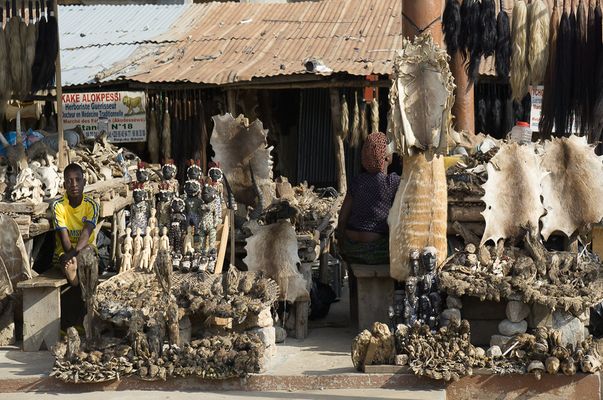 2. Koutammakou
2. Koutammakou
The village of Koutammakou is one of the few UNESCO World Heritage sites in Togo. It is known to be a cultural village where the Taberma people reside in their two storey clay huts known as “Tatas”. These huts have been known to keep invaders out of the village and its people safe. The people are friendly and at a token, you can get the women to put on their traditional regalia to have a spontaneous dance.
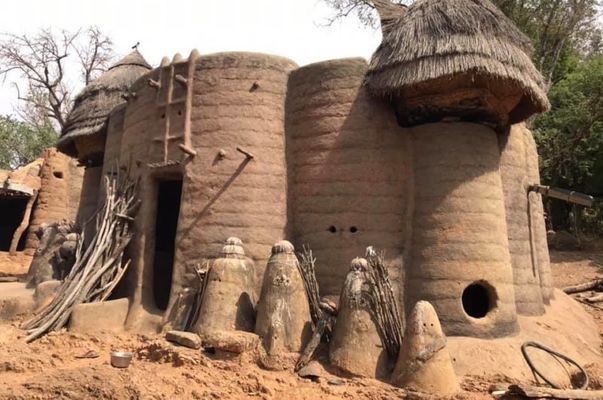
3. Mont Klouto
Klouto is one of the hidden gems of Togo situated in a dense rainforest of flowing streams, waterfalls and beautiful sounds of nature surrounding. The first point of contact when journeying to Mount Kloto is Kouma Konda village which can be explored, interact with the dwellers before moving on to climb the Mountain. The climb usually takes between 1-2 hours depending on the fitness of the climber. On getting to the top lookout for an array of beautiful butterflies, take panoramic pictures of the view ahead and below.
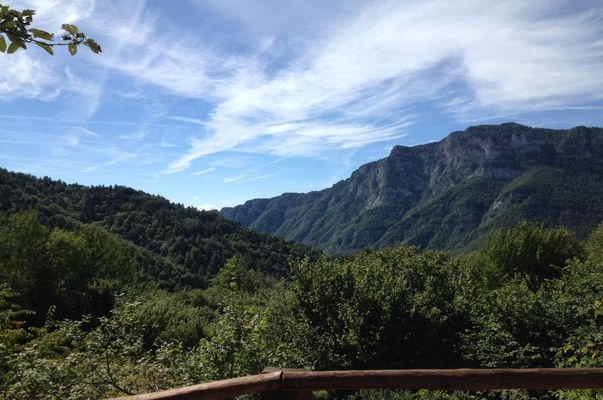
4. Togoville
The ancient village of Togoville should be definitely included on the bucket list of activities. To get there from Lome take a Canoe popularly known as Pirogue which is the only means of transportation in the area. The ride is usually loaded with goods and villagers wanting to crossover. At Togoville look out for shrines and other fetish relics as you go by and ensure to visit the popular cathedral. Another activity to try is climbing the famous baobab tree, a unique experience we guarantee you won’t forget.
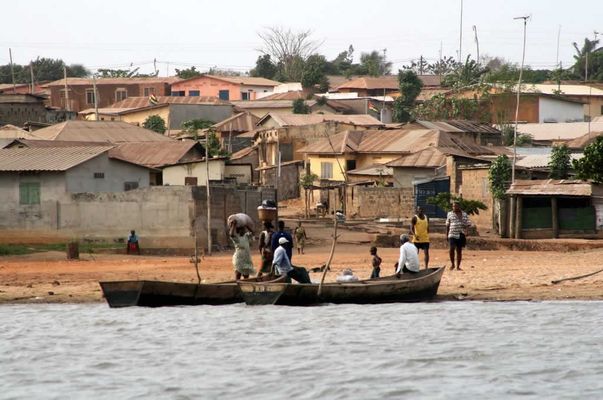
5. Foodie Option
When visiting prepare to eat lots of starchy food especially meals made from Yam and Cassava. They are usually cooked by cutting into smaller pieces, peeled and boiled. While other recipes require it to be dried and grounded to make swallows to be eaten with groundnut soup or vegetables.
6. Aneho
It is popularly known as Little Popo and well known for being a Portuguese slave market. Aneho came about during the 16th century when migrants came from different parts to settle. Between 1886 and 1897, 1914 and 1919 the slave markets here thrived with their holding cells not able to accommodate standing instead of slaves squat or laid down through the duration of incarceration. From here boats take these slaves to the merchant ships meant to convey them to the west. Notable buildings include Aneho Protestant Church (built in 1895) and Aneho Peter and Paul Church, the cathedral of the Roman Catholic Diocese of Aného, dating from 1898.
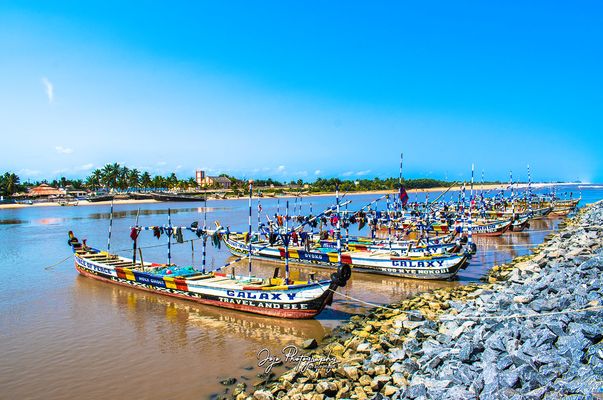
These places are quite easy to reach and fun to learn about. Do you know of any hidden spots in Togo, do share with us in the comment section.

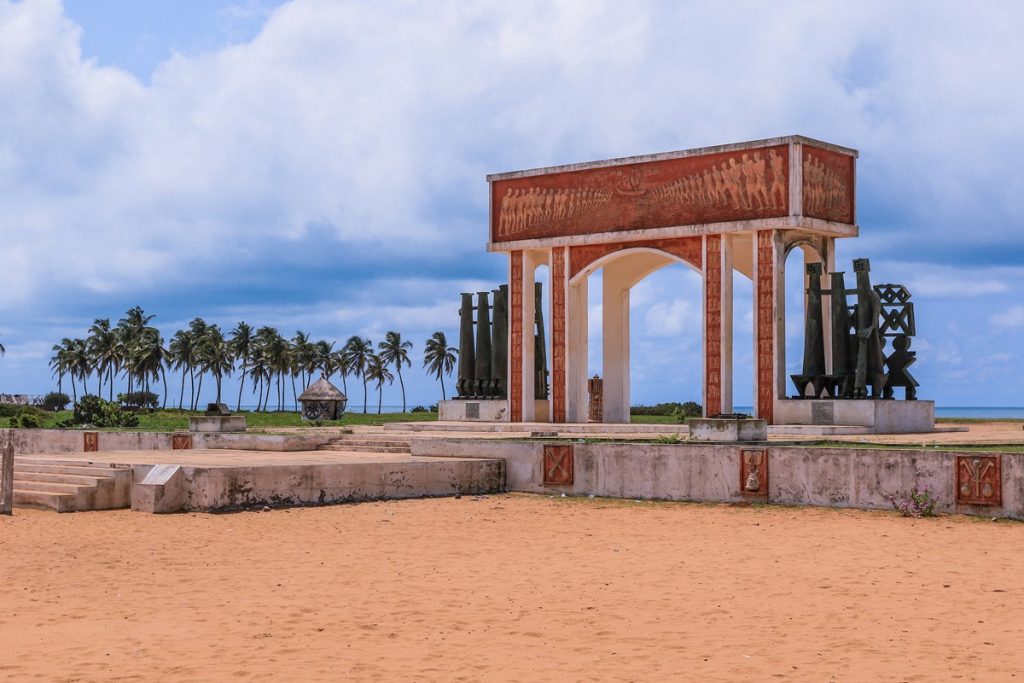
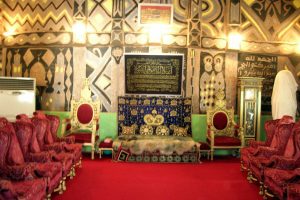
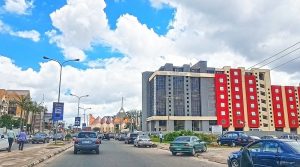
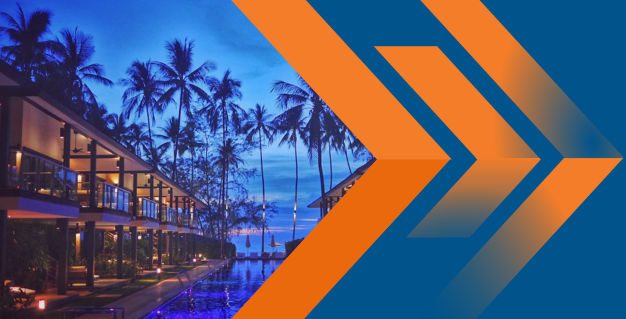
Deprecated: File Theme without comments.php is deprecated since version 3.0.0 with no alternative available. Please include a comments.php template in your theme. in /home/vectatravels/blog.vectatravels.com/wp-includes/functions.php on line 6121